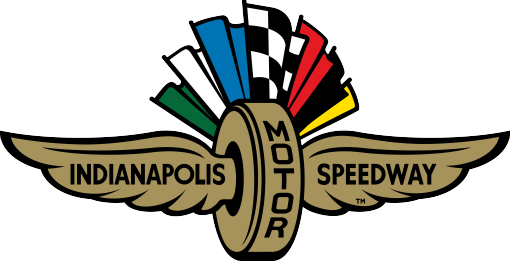Note: The Penske Entertainment editorial staff is looking back at the 10 biggest moments of 2024 at Indianapolis Motor Speedway in this year-end series, with one installment appearing on the site per day in countdown fashion from Dec. 22-31.
More than 50,000 guests from all 50 states and 34 countries around the world flocked to Indianapolis Motor Speedway on Monday, April 8 to stare at the greatest spectacle in the sky during the Total Solar Eclipse Event presented by Purdue University.
This was the first time in 819 years that a solar eclipse was visible in Indianapolis and the only total solar eclipse to occur in the United States until August 2044.
Guests arrived early for a full day of exhibits, experiments, panel-led discussions, demonstrations, photo opportunities and, of course, the big show – the once-in-a-lifetime total solar eclipse that included breathtaking totality from 3:06-3:09 p.m. ET. More than 80 percent of the guests were first-time visitors to the Racing Capital of the World.
Among the guests were members of Indiana’s congressional delegation, Indiana Gov. Eric Holcomb, NASA Deputy Administrator Pam Melroy, and Mark and Rick Armstrong, the sons of Purdue graduate and first man on the moon Neil Armstrong.
NTT INDYCAR SERIES drivers also participated in an autograph session with fans, and three-time Indianapolis 500 presented by Gainbridge pole winner Ed Carpenter turned demonstration laps of the famous 2.5-mile oval at IMS in his No. 20 Ed Carpenter Racing Chevrolet before the oval opened for fans to view totality.
Among the 33 countries from which fans came to IMS were Argentina, Austria, Brazil, Canada, Czech Republic, Dominican Republic, England, France, Germany, Greenland, Japan, Lithuania, Mexico, Northern Ireland, Philippines, Poland, Romania, South Africa, Spain, Sweden and Switzerland. All fans were provided with special eclipse viewing glasses – “The Greatest Spectacles,” a fun play on the nickname of the Indianapolis 500, “The Greatest Spectacle in Racing.”
The IMS Total Solar Eclipse Event presented by Purdue University was designated one of several official broadcast sites for NASA TV’s coverage of the astronomical phenomenon. The huge crowd and the fact Indianapolis was in the direct path of totality also attracted a throng of local, national and global news coverage from the Speedway.
Media outlets covering the event live from IMS included NBC (“TODAY” and “NBC Nightly News”), CBS, ABC, CNN, FOX News and NewsNation.




